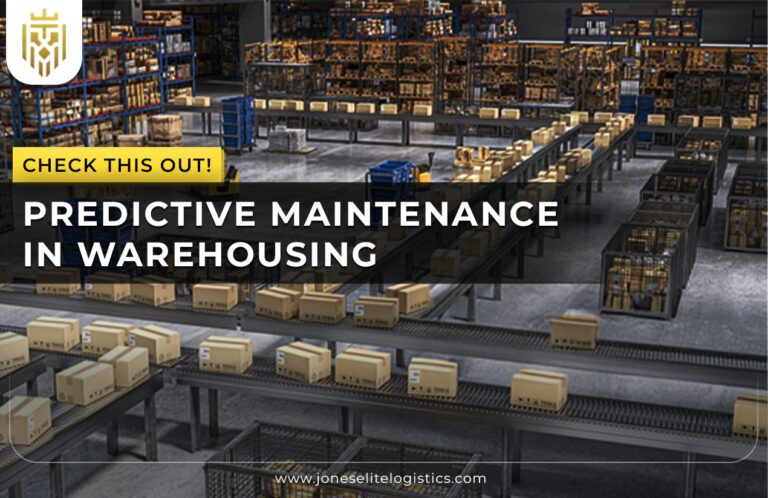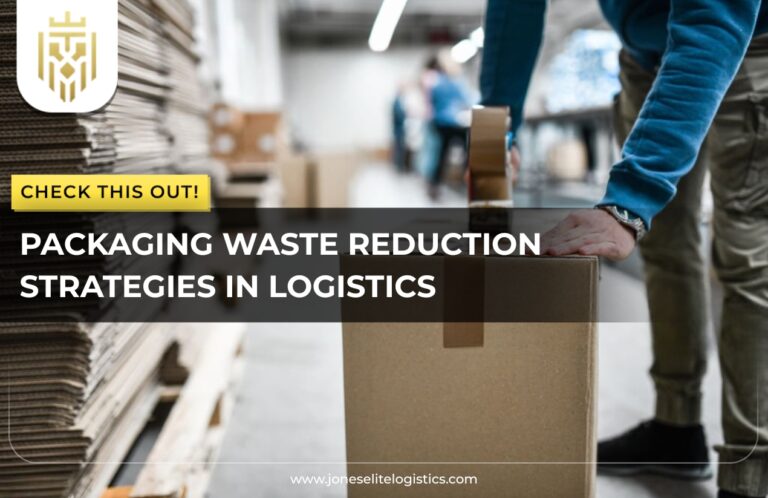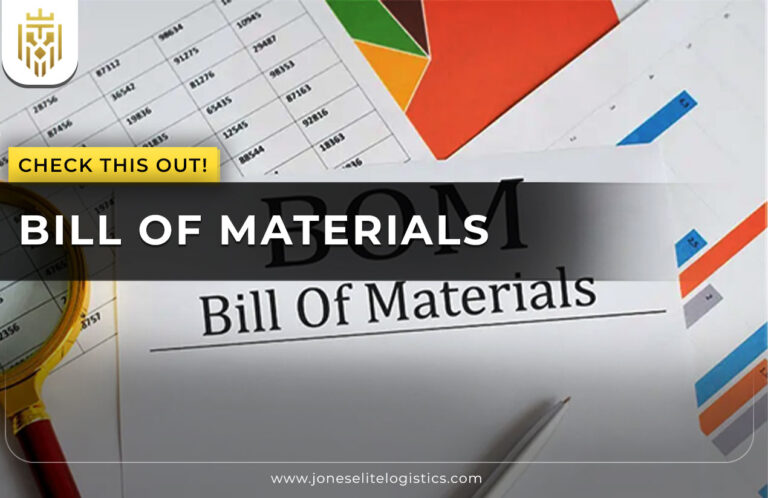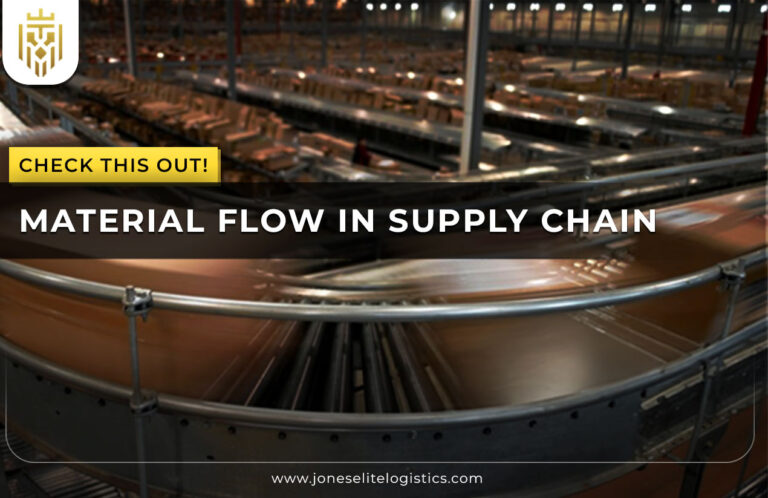What is Inbound Logistics:
The inbound logistics definition is written as the flow of acquiring all the necessary and appropriate raw materials or components required for production. It embodies all that concerns buying, receiving, inspecting, and transporting goods to a manufacturing or assembling site. This branch of logistics gravitates towards issues that relate to the procurement of materials that are used in the process to ensure that the operation is not halted due to lack of consumables. The inbound logistics process focuses on sourcing and managing incoming goods efficiently to ensure smooth production.
Key Differences between Inbound Logistics and Outbound Logistics:
Inbound logistics focuses on receiving goods, while outbound logistics centres on delivering them. Inbound activities include sourcing, purchasing, transportation, and storage, while outbound involves ordering, processing, picking, packing, and shipping. The goal of inbound logistics operations is ensuring timely raw material delivery, while outbound aims for accurate customer deliveries. Inbound logistics handles transportation from various suppliers, while outbound logistics processes manage inventory and transportation costs effectively. A well-managed balance between the sides of both inbound and outbound logistics operation is crucial to optimizing supply chain efficiency.
Inbound Logistics Activities:
Key activities include purchasing, acquiring, obtaining, holding, accessing, and controlling stock or material. All these activities have a crucial responsibility of ensuring proper material handling, even at the production floor, to ensure they are in the right condition and at the right time. Effective inbound logistics management ensures that incoming goods arrive on time, minimizing disruptions in production.
Procurement:
Procurement is a managerial task that deals with the act of acquiring or purchasing all required materials, parts, and other accessories that are used in the production process. It includes supplier appraisal, supplier communication and purchasing, purchasing with prices, and receiving goods and services. The main strategies of material management include the ability to control the expenses and quality of procurement, which is a key factor in regard to inbound logistics. Vendor inbound compliance standards must be followed to ensure the quality and timeliness of the supplies.
Transporting:
Transporting is understood as the process of moving materials directly from the suppliers’ side to the manufacturing locations. This includes the selection of appropriate transport means and approaches to getting to various places and the effective management of logistics companies. A transportation management system is often implemented to manage the inbound shipment effectively and optimize transportation routes. This reduces transportation costs and delivery times, contributing to the overall efficiency of the inbound logistics process.
Receiving:
Receiving is also the process of accepting the goods that have been delivered to the manufacturing facility. It also comprises comparing the quantity of items received against the purchase order, quality check for damaged goods, and paperwork. Receiving processes, which involve checking receipt records/envelopes, ensure that inventory levels and records used for quality controlling are well managed.
Storing:
Storing involves arranging the received commodities in appropriate locations within the storage so that they can be awaited for further circulation. This encompasses the organization of the materials in a manner that shall allow for the proper utilization of the space that is available with the ability to access each of them easily. Efficient warehouse management is critical here, utilizing a warehouse management system to ensure optimal storage of the goods as well as availability within production lines.
Retrieving:
Retrieving is defined as the process of searching and taking the material to the production area where it is required. This activity requires well-developed systems for managing inventory levels to make it easy and quick to locate materials. The main aim of effective retrieving processes is to reduce the intervals of production and improve the productivity of work. A well-optimized warehouse management system helps speed up this process.
Managing Inventory:
This consists of inventory counting, inventory checking, using physical inventory, and improving stock range to avoid under stocking or overstocking. The inventory management helps to prevent a firm from supplying unnecessary stock of materials that were not utilized much in production or supplying items with a high holding cost. Efficient inbound logistics management leads to improved inventory levels, optimizing both the inbound and outbound logistics operations.

Advantages Of Inbound Logistics:
Benefits of inbound logistics include the following: It improves the productivity of production lines, reduces expenses for operation, and suggests timely delivery of the necessary quality of raw materials and materials, meeting the requirements of a customer. Effective inbound and outbound logistics integration ensures a well-coordinated flow of goods, reducing lead times and increasing efficiency in the supply chain.
Predictable Raw Material Cost:
A stable raw material price is more beneficial for the companies since it has straightforward control over their budget. If specific long-term contracts are signed, it is possible to lock in the prices, which is also beneficial because the constant changes in the markets can lower the overall accuracy of the cost predictions and put more pressure on the organizations’ financial situations. Supply chain managers play a key role in negotiating these contracts to stabilize costs.
Optimized Inventory Management:
Proper stock flow management is important to have enough materials when it is required instead of having a highly excess product or, vice versa, having no stock at all. This efficiency, therefore, leads to low stocks, high cash returns, and proper coordination of production, hence gaining an effective form of operation with minimal wastage. Managing inventory levels through an advanced warehouse management system is essential in both inbound logistics and outbound logistics processes.
Superior Product Quality:
The procurement and receiving of products should also undergo a quality check so that the final product of the company will be of excellent quality. On the inbound operations side, it is essential to inspect the incoming goods before they are processed to ensure they meet the established quality requirements. This proactive approach helps prevent defective products from entering the production process.
Minimized Shipping and Receiving Costs:
Reduced transport and handling expenses regarding shipping and receiving entail efficient methods of transport. Whether it is about the management of transportation routes, shipment consolidation, the areas of low-cost transportation, or even leveraging a transportation management system, it is possible to decrease logistics expenses and therefore, have an impact on global logistics.
On-Time and Cost-Effective Deliveries:
Reliable, timely, and on-budget supply brings the materials to the manufacturing facility where they are required without interruption. Effective logistics management and strong supplier partnerships enable timely delivery hence enhancing the smooth production process and satisfaction of consumers’ needs.

Challenges of Inbound Activities:
There are several challenges to inbound logistics that bring about increments in costs, disturbances in the supply chain, and in the production schedule which make it necessary to come up with proper strategies and solutions to this issue.
Shipping Inefficiency:
Shipping inefficiency can be a result of flawed logistics management, compromising transport management, and delayed or slowed down supply chain. Reverse logistics also becomes a challenge when handling returns or repairs, as inefficient handling can increase overall costs. Some of these problems can result in extra charges, late deliveries, and variations in the production calendar, making it essential for managers to develop effective logistics plans for optimal functioning.
Information Vacuum:
An information vacuum is a situation where there is no or limited real-time information and interaction between suppliers and manufacturers. This can lead to wrong production planning, inventory management, and consequently wrong supply chain response time. Without real-time information, it becomes difficult to adjust operations to changing conditions, resulting in inefficiencies and delays. Information sharing and advanced operational technology solutions are critical to overcoming this issue, as they provide transparency and improve decision-making processes.
Supply and Demand Balance:
Demand and supply rates are difficult to balance since they are affected by seasonal changes and customers’ desires. Lack of accurate demand forecasting and a rigid supply chain lead to overstocking or stocking out this emphasizes the necessity of contingent planning and a supply chain that responds to changes in demand patterns effectively. With better demand forecasting and adaptable supply chain operation strategies, companies can avoid stock imbalances and optimize their operations.
Capacity Constraints:
Factors that may hinder the flow of incoming materials in manufacturing firms include a lack of adequate capacity in storage, transport, or production areas. These are constraints that lead to delays, additional stops, or delayed shipments and that require capacity planning activities and flexible logistics solutions such as scalable warehousing and transportation options, can help businesses address capacity challenges and maintain smooth inbound logistics operations.
Quality Issues:
Quality issues in inbound logistics involve receiving inferior or counterfeit materials that can disrupt production and lead to defective end products. When companies do not implement proper quality control measures in the inbound logistics process, it becomes difficult to ensure that the materials delivered meet the required standards. This can result in wasted time and resources if substandard materials need to be returned or discarded. Establishing stringent quality requirements for suppliers and conducting regular inspections of incoming goods can mitigate these risks, ensuring that high-quality materials are always available for production.

How to Optimize Inbound Logistics:
Improvement of inbound logistics means that currently there is a need for optimization of processes to increase efficacy and decrease expenses. Inbound logistics optimization focuses on streamlining the flow of materials, shortening lead times, and to reduce inventory holding costs to create a smooth and efficient supply chain.
Establish Solid Supplier Relationships:
Building strong relationships with suppliers is vital for improving inbound logistics performance. Effective supplier relationship management ensures disciplined deliveries, clear communication, and timely identification of potential problems. It results in better negotiations, quick receipt of supplies, and receiving high-quality products. Regularly evaluating supplier performance and maintaining open channels of communication contribute to the successful integration of suppliers, always facilitating an efficient supply chain.
Implementing Advanced Planning and Scheduling (APS) Systems:
Advanced Planning and Scheduling (APS) systems are integral to improving supply chain planning and production scheduling. These systems enable businesses to predict demand accurately, manage orders effectively, and schedule purchases in a timely manner. By incorporating APS systems into their inbound logistics operations, companies can reduce lead times and prevent stockouts. They assist in matching supply with demand in such a way that it enhances the general supply chain flexibility.
Leveraging Technology:
Leveraging technology solutions is crucial for improving inbound logistics operations. Automated inventory tracking systems, analytics platforms, and real-time tracking solutions provide increased visibility and control over the flow of incoming goods. These systems help companies make more informed decisions, manage orders with greater accuracy, and minimize manual errors. By investing in inbound logistics technology, businesses can significantly enhance the efficiency of their supply chain.
Optimize Storage and Warehousing:
Storage and warehousing management are all about arranging and managing inventory effectively. Proper warehouse management ensures that materials are stored in an organized manner, making them easily accessible when needed. Efficient layouts and inventory management systems help reduce storage space requirements, minimize material retrieval times, and cut down on storage costs. By optimizing warehouse management, companies can improve the overall flow of materials within the supply chain.
Focus on Quality:
Ensuring high quality control standards is key to successful inbound logistics management. Regular inspections and consistent quality checks on incoming goods prevent defective materials from entering the production process, which would otherwise lead to rework, returns, or waste. Establishing robust quality metrics and monitoring supplier performance helps guarantee that materials consistently meet the required standards, leading to better overall product quality and fewer disruptions in production.
Consolidate Shipments:
Shipment consolidation is a strategy that allows businesses to organize multiple smaller shipments into one larger delivery. This approach reduces the number of trips required, lowers fuel costs, and minimizes handling expenses. By coordinating with suppliers to combine shipments, companies can significantly cut transportation costs while also improving delivery efficiency. Consolidated shipments streamline the inbound logistics process and contribute to overall cost savings.

Best Practices for Managing Inbound Logistics:
Best practices for managing inbound logistics include implementing Just-in-Time (JIT) inventories, regularly reviewing procurement policies, and maintaining strong relationships with suppliers. Cross-docking, real-time data analysis, and feedback collection can also enhance the efficiency of inbound logistics operations. By continuously refining these practices and adhering to industry standards, companies can optimize their inbound logistics processes and improve their overall supply chain performance.
Future Trends of Inbound Logistics
Inbound logistics trends in the future are likely to leverage more AI and machine learning for predictive analytics, have more blockchain technology to improve the transparency of the inbound logistics and security in supply chains, and have more IoT devices to track items in real time. Reverse logistics is expected to become more automated and efficient, improving customer experience and reducing costs associated with returns. Other dynamic practice areas that are also developing more are sustainability, green logistics, and circular supply chains.
FAQs
1) What is Inbound Logistics?
Inbound logistics relates to the transit and reception of materials, namely raw materials and components, from suppliers to the production sites. It also ensures that these materials get delivered in the right way and on time to facilitate the unending production process.
2) What are the components of Inbound Logistics?
Inbound logistics comprises several key components, including procurement, transportation, receipt of goods, storage, inventory management, and reorder processes. These activities facilitate the flow, storage, and availability of materials and resources required in a company’s production process. Each component plays a vital role in ensuring that raw materials are efficiently managed, leading to cost-effective production and reduced downtime.
3) Why is Inbound Logistics Important?
Inbound logistics is critical because it ensures the timely delivery of essential raw materials, which allows companies to maintain their production schedules, reduce unnecessary delays, and minimize costs. By optimizing procurement, transportation, and inventory management, businesses can enhance efficiency, meet customer demands effectively, and avoid disruptions in their supply chain, leading to improved operational performance.
4) What is the Inbound Logistics Process?
The inbound logistics process involves sourcing raw materials, purchasing them from suppliers, organizing transportation to the production site, and storing the goods for future use. This process helps companies optimize inventory management, control costs, and maintain a consistent supply chain, ensuring they can meet production targets and deliver finished products to customers on time and without interruptions.









